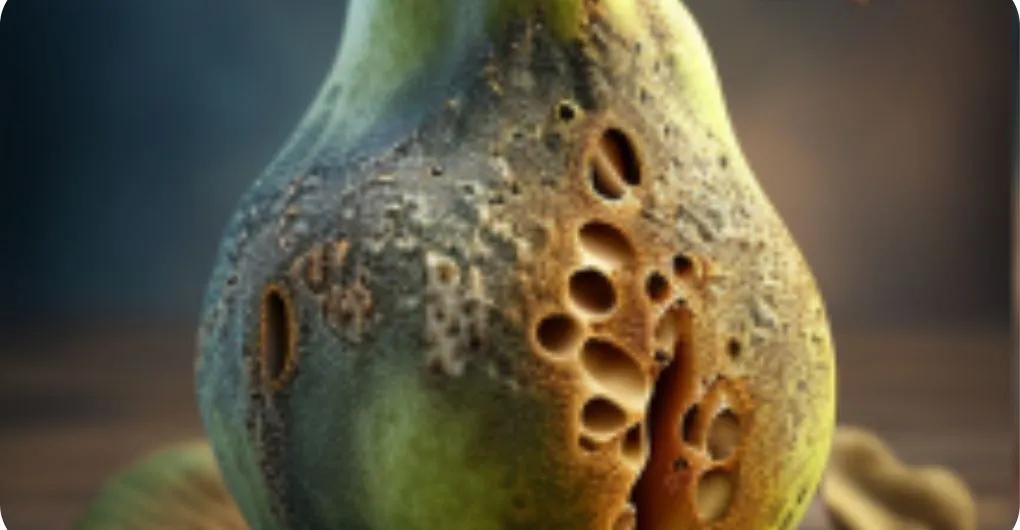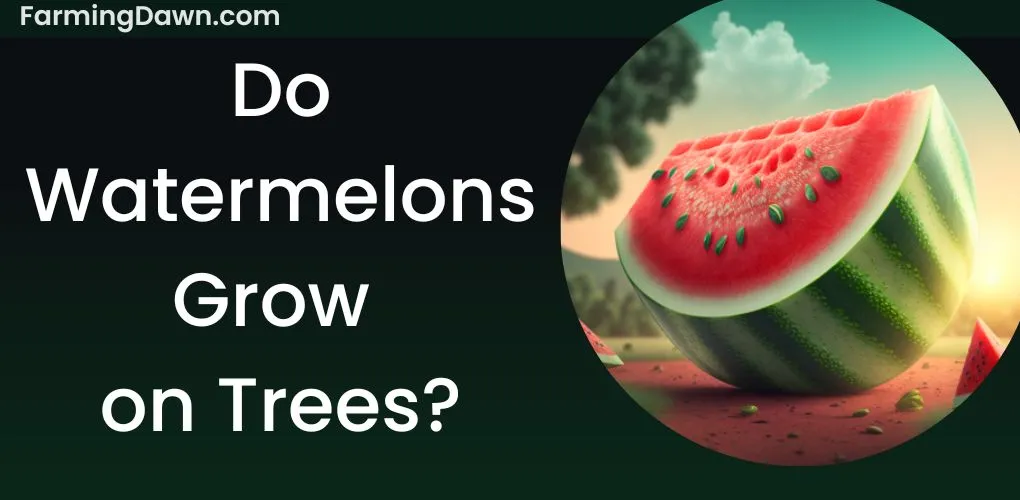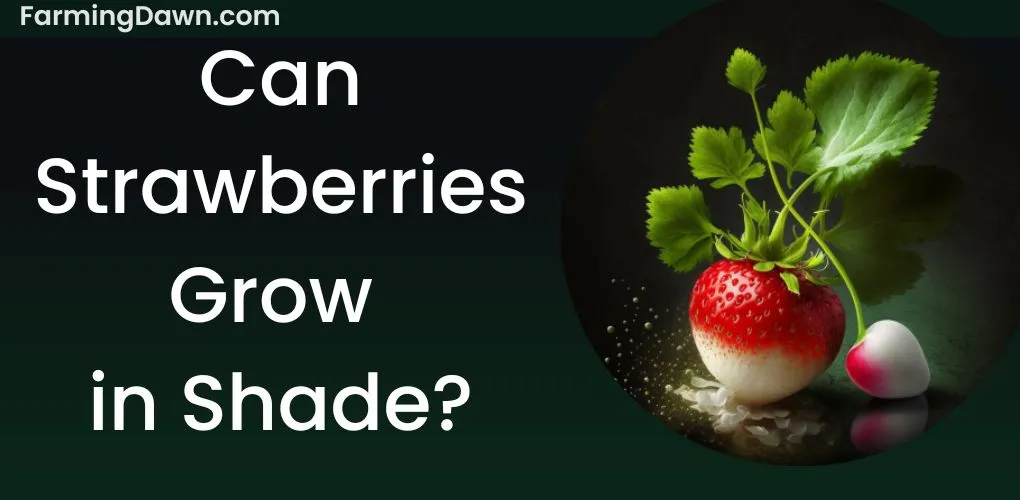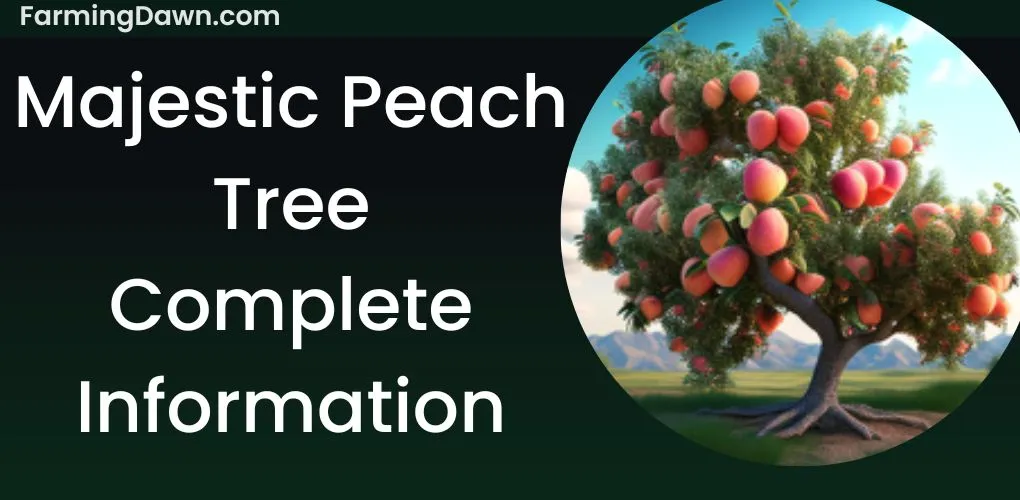Frost can harm the fruit and trees, lowering yields or possibly causing the crop to be lost entirely. This raises the question, will frost hurt pears on the tree? The answer is not simple because it relies on a variety of elements, including the development stage, temperature, length of the frost, and the hardiness of the cultivar.
Today I will talk about the impact of frost on fruit trees, their prevention, and what to do if your fruit is damaged by the frost.
Understanding the impact of frost on pear trees is crucial for maintaining healthy and productive orchards. Frost damage to immature fruit, flowers, and buds can result in decreased yields and inferior output. By keeping an eye on the weather and taking precautions like providing enough irrigation and utilizing frost protection techniques, farmers can lessen the harm done by frost.
The effects of frost on pear trees can also be lessened by choosing frost-resistant pear types and putting excellent orchard management strategies into practice. We will discuss these things in detail.
Will frost hurt pears on the tree?
The critical temperature for pear trees is around 25 degrees Fahrenheit. Fruit and foliage may be harmed if the temperature remains below this level for an extended period of time. However, if the temperature drops only briefly or stays above this threshold, the pear trees should be
fine.
Pears are typically hardy and can tolerate mild frost without suffering any harm. However, young trees and newly planted trees are more vulnerable to frost damage than mature trees. Growers of pears are also concerned about late-season frosts.
A fast drop in temperature can harm fruit that has already blossomed and set, causing it to turn brown, soften, and lose its marketability.
How frost affects pears on the tree
Blossom Damage: Pear blossoms are susceptible to frost damage when temperatures fall below freezing. The blossoms may turn black and drop off the tree if this takes place. Fruit production may be severely lowered if an excessive number of flowers are lost.
Slowed Growth: Frost might additionally inhibit the growth of pears. The metabolism of the tree slows down in subfreezing conditions, which can delay the development of the fruit. This
can lead to smaller pears or delayed maturity.
Reduced Fruit Quality: Frost can still affect the quality of the pears even if they reach their maximum size. The fruit may become harmed and experience an internal disintegration, known as a “water core,” when it is exposed to frost. As a result, the fruit’s flavor may be diminished, and the flesh may become mealy and soft.
Increased Disease Susceptibility: Pears exposed to frost may have more disease susceptibility. Frost damage can erode a fruit’s defenses, leaving it vulnerable to pests and illnesses.
10 Factors that increase the intensity of the frost damage
Exposure time to frost: The severity of the damage increases with exposure time to frost.
Frost temperature: The lower the temperature of the frost, the more severe the damage.
Tree age: Younger trees are more prone to harm by frost than older trees are.
Tree health: Trees that are stressed or weakened by illness or pests are more susceptible to damage from frost.
Cultivar susceptibility: Different pear cultivars are more vulnerable to harm from frost than others.
Growth stage: Pears are more vulnerable to damage from frost during the early growth stages, such as in bud break.
Humidity: A high level of humidity can make frost damage more severe.
Wind: Wind can make frost injury worse by amplifying its effects.
Soil moisture: Drought-stressed trees are more vulnerable to harm from frost.
Elevation: Due to the lower temperatures at higher altitudes, trees located at higher elevations are more susceptible to sustaining frost damage.
Will frost hurt mature pears on the tree?
Fruit-bearing mature pear trees are more susceptible to harm from frost. The fruit may sustain damage or perhaps perish if the temperature falls below the critical threshold and remains there for a long time. The length and intensity of the frost, as well as the particular variety of pear trees, will determine how severe the damage is.
Will frost hurt unripened pears on the trees?
Frost can be harmful to unripe pears growing on trees, particularly if it lasts for a long time and the temperature falls below 28 degrees Fahrenheit. Pears are particularly susceptible to freezing and thawing due to their high-water content and the possible harm they could do to the fruit’s fragile tissues. You can either allow the fruit to fully ripen on the tree or remove it and store it in a cool, dry place to preserve it.
Peach Fruit Set After a Frost- with Image
The water within the peach’s cells may freeze, swell, and burst if the fruit is exposed to ice. The peach may become soft, watery, and discolored due to this injury. In extreme circumstances, the peach may even feel mushy and shriveled.

List of Frost resilient Pear types
Here is a list of frost-resilient types, if you want to grow a low-maintenance fruit tree in your garden:
- Harrow Delight
- Ure
- Loma
- Ayers
- Warren
- Orient
- Kieffer
- Parker
- Magness
- Pineapple pear
Fruit trees freezing temperatures
Fruit plants can suffer a lot when the temperature drops below freezing. The most common kind of harm is frost damage. When the water in a plant’s cells freezes, it causes a condition known as frost damage, which destroys the tissue and breaks apart the cells. The tree could suffer severe damage, and in the worst scenarios, it could perish.
Another type of damage that can occur in below-freezing temperatures are sunscald. Sunscald is a skin condition for plants that happens when the tree is heated during the day. When night comes, it immediately gets exposed to the freezing temperature. This causes the timber to split and damage the trees.
Each fruit tree has different freezing temperatures. Here is a list of different fruit trees freezing temperatures:
- Apple trees: -40°F (-40°C).
- Cherry trees: -20°F (-29°C).
- Peach trees: -10°F (-23°C).
- Plum trees: -25°F (-32°C).
- Pear trees: -20°F (-29°C).
- Orange trees 25°F (-4°C)
- Lemon trees: 28°F (-2°C)
- Grapefruit trees: 26°F (-3°C).
- Lime trees: -2°F (28°F).
At what temperature should you cover fruit trees?
Fruit trees should normally be covered when the temperature drops below 32°F (0°C) to avoid frost damage. In locations of intense heat, covering your trees during the hottest parts of the day can provide some shade and aid in preventing sunscald. It’s critical to use materials that allow air circulation to prevent moisture buildup and the resulting fungal diseases.
How to protect fruit trees from frost?
Before the frost, water your trees: Fruit trees can be insulated and protected from frost
damage by receiving water before a frost. This is so that it can absorb more heat energy without a considerable change in temperature because water has a higher heat capacity than air.
Use mulch that will not freeze: Fruit tree roots can be shielded from frost damage by adding mulch to the area around the tree’s base. Mulch serves as an insulating layer, which helps to keep the soil’s temperature constant. In order to avoid the tree’s roots from freezing, spread a substantial layer of mulch around the base of the tree.
Extra heat should be provided: You can add more heat to shield your fruit trees from frost if you have few trees. For instance, you may put a light bulb or other modest heat source under a cover placed over the tree. Be cautious while providing additional heat, as it can cause a fire hazard.
Covering fruit trees for frost
Covering fruit trees with a blanket or other protective material can help to keep them warm and prevent frost damage. To cover the tree, you can use blankets, burlap, or even plastic sheeting. However, be sure to remove the cover during the day when temperatures rise to prevent the tree from overheating.
How to cover fruit trees from frost?
Select the appropriate covering material: The covering material you choose will depend on the severity of the frost and the size of the tree. Burlap, frost cloth, tarps, and blankets are typical coverings for fruit plants. It is crucial to pick a covering material that is lightweight, breathable and can safely secure the tree.
Keep an eye on the weather: Keep an eye on the forecast, and cover your fruit trees before the temperature drops below freezing. If there is a protracted stretch of cold weather, it may occasionally be necessary to cover the trees for several consecutive nights.
Cover the tree properly: To correctly cover a tree, start by hanging the covering material over the tree’s top and ensuring that it hangs down to the ground. With tape or twine, attach the covering material to the tree’s trunk, making sure it is tight and does not flap in the wind. Stakes can also, be used to support the covering material on smaller trees.
Remove the covering material in the morning: To provide the tree access to sunlight and fresh air, remove the covering material in the morning once it has warmed up above freezing. The covering material might trap moisture and harm the tree if it is left on for an excessive amount of time.
Will frost hurt pears on the tree? Conclusion
Thus, the whole explanation related to your question, will frost hurt pears on the tree? Comes to an end. I will summarize this whole post with a suggestion that frost negatively affects pears, depending on several factors.
However, you can save your fruit by taking preventive measures. I sincerely hope the data I shared was useful. And if you have some other queries, ask me in the comments. Thank you!
Each fruit tree has its freezing temperature and preventive measures. Read my other articles to learn more:






